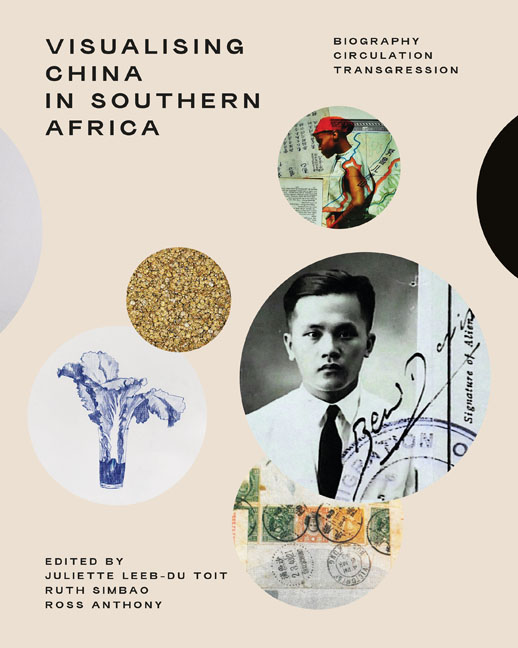Introduction: Geopolitics by Other Means: Navigating the Chinese Presence in Southern Africa through Art
Published online by Cambridge University Press: 24 November 2023
Summary
In the past few decades, the growing Chinese presence in Africa, along with many other regions of the Global South, has given rise to a significant body of research, much of it focused on politics, economics and various policy-related themes. However, as fields such as postcolonialism have demonstrated, any burgeoning transregional interaction gives rise not only to new configurations of money and power, but also to new cultural forms, including the visual and performing arts, literature, popular culture, social space, and everyday narratives and counter-narratives. Artistic creation engaging with African and Chinese intersections has grown markedly in the past decade or so. However, in-depth scholarly analysis of Chinese presence in Africa and the visual arts remains limited to a small number of scholars, and to date no scholarly text has consolidated this research. Thus, a key motivation of this volume is to draw together, for the first time, the work of some of these authors in a single scholarly book that addresses, with depth and nuanced contextual analysis, Chinese and African encounters, through the lens of visual art and material culture.
The authors examine an array of artistic media and cultural material objects, including photography, painting, etching, sculpture, film, performance, installation, postcards, stamps, political posters, cartoons and city space. They bring together rigorous visual analysis typical of art history and the broader ‘material turn’ in social science and the humanities, where objects, far from being inanimate and detached, are an inextricable connecting force in the construction of identity, society and thought itself (Latour 2005; Miller 2005; Bennett 2010). Materiality is thus enmeshed in all aspects of life, playing critical roles in the ways humans navigate their personal, communal, political, economic and spiritual experiences in the world. Given the inter-regional focus of this volume, objecthood here is inextricably bound to an ‘elsewhere’ in that many of the materials discussed originate from afar, but also in the sense that they generate novel forms of imagination of this elsewhere within their new contexts.
Such engagements are not only aesthetic in nature. They are underpinned by tectonic shifts in politics and economics, which not only give rise to new material realties, but also create new openings through which to critique these realities. In the post-Cold War era the market economy, in one variety or another, has now permeated nearly every country on the planet, bar a few enclaves.
- Type
- Chapter
- Information
- Visualising China in Southern AfricaBiography, Circulation, Transgression, pp. 1 - 26Publisher: Wits University PressPrint publication year: 2023

